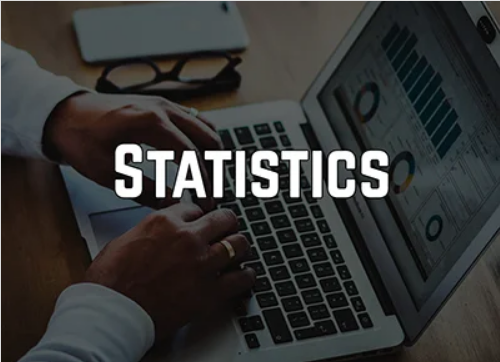🎤 Elaine Eisenbeisz | 📅 April 18, 2024 | 🕒 11 AM Eastern Time US
  | Description: In this webinar attendees will learn the statistical power analysis and techniques for determining sample size (a priori techniques) calculation. Also attendees will get work examples in the free to use G*Power software. Some code and demonstrations will be provided for powering studies and performing power analysis simulations in R software.
Questions related to the feasibility of a study can be answered by power analysis:
– How large of a sample will I need to collect in order to see a significant effect?
– How many subjects will I need if I test an effect that is a bit larger? a bit smaller?
Answers to questions like these will give you an idea if your study is indeed “do-able.” |
Why You Should Attend:
The power of your study is the probability that you will find a statistically significant difference or relationship (an “effect”) if that difference or relationship (effect) truly exists in the population.
A study with too small of a sample size is under-powered. This means that even if the effect you are testing for truly exists, you won’t achieve statistical significance. You will waste time by collecting a sample that is too small to properly power a study. Why perform a research if you can’t see significance for your desired effect?
A study with too large of a sample is over-powered. This means that you’ve collected such a large sample that you will see significance even on very small effects. However, the costs of subject recruitment, data collection, and follow-up (if needed) are quite large. Recruiting more subjects than needed unnecessarily inflates the temporal and monetary costs.
Areas Covered in the Session: - The usefulness of power analysis
- Overview of power analysis theory and concepts
- Effect size
- Examples of sample size calculations using G*Power software
- Examples of sample size calculations using simulation
|
| Who Should Attend: - Trial Sponsors
- Physicians
- Clinical Investigator
- Clinical Research Associates
- Clinical Project Managers/Leaders
- Regulatory Professionals who use statistical concepts/terminology in reporting
- Medical Writers who need to interpret statistical reports
- IRB review board members
- DSMB members
|


